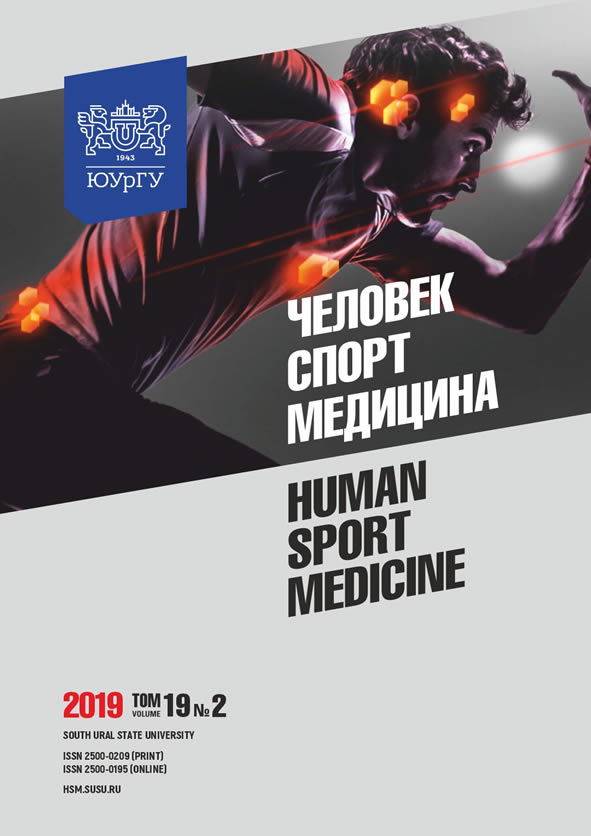ANALYTICAL MODEL FOR COMPENSATING MOTION ERROR IN THE ADAPTIVE MOTION CONTROL OF THE BIOMECHANICAL SYSTEM
Abstract
Aim. The article deals with developing software to simulate the motion of an object with the given parameters of initial and final phase status. Materials and methods. A motion error in sports exercise is the result of kinematic deviation from the parameters of a given motion program. The mathematical apparatus of adaptive control allows neutralizing motion mistakes between a program and a real trajectory. It is based on utilising the information about current parameters of a phase status of a moving object in a mathematical structure of the control function. The article proposes and experimentally proves the hypothesis about the computer synthesis of motions in biomechanical systems based on the mathematical apparatus of adaptive control. In the computational experiments, a mathematical description of an object is based on a well-established law of open-time approximation (A.P. Batenko, 1977), which requires that both velocity and coordinates simultaneously take the given values. Motion time in this law is an uncontrolled parameter. The mathematical model of a moving object is built as a system of a first-order differential equation. Results. A mathematical model describing the motion of a material point with given phase coordinates at the initial and final points in time is implemented in a computer program. The program works based on the integrated development environment Visual Studio Express 2013 and the Visual Basic 2010 language environment. Conclusion. The developed computer model of adaptive control achieves the aim of any motion, which implies transferring an object from a given initial state to the required final state.
References
References on translit
Copyright (c) 2019 Human. Sport. Medicine

This work is licensed under a Creative Commons Attribution-NonCommercial-NoDerivatives 4.0 International License.















